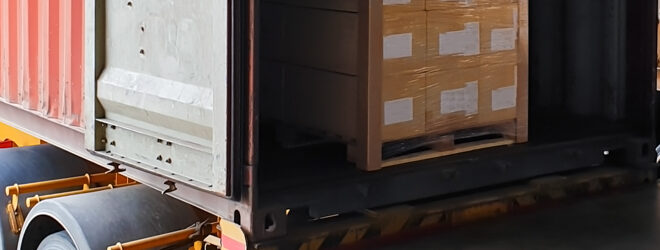Ensuring the roadworthiness of a commercial vehicle is more than just a legal obligation; it’s a critical measure to safeguard your drivers, cargo, and everyone else sharing the road. A thorough pre-trip inspection is essential for identifying and addressing mechanical or safety issues that could lead to accidents, delays, or costly penalties.
Why are pre-trip inspections essential?
Conducting routine vehicle inspections can save not only time and money but also lives. Most regional transportation authorities require these checks to be performed before heading out, and every 24 hours during operation. Detecting and addressing potential faults proactively ensures vehicles remain safe and compliant.
For business owners, it’s crucial to make sure every new driver understands the importance of pre-trip inspections, the steps involved, and the reasons behind them. Although driving schools often include inspection training, confirming a driver’s knowledge before they hit the road is a smart and necessary step.
What should you look for during an inspection?
The elements of a pre-trip inspection vary depending on factors like the vehicle type, its age, make or model, and the nature of the cargo being transported. Vehicle issues typically fall under two categories:
- Minor defects: These don’t pose immediate safety risks but require scheduling for repair. For example, a windshield crack that doesn’t obstruct the driver’s view.
- Major defects: These significantly impact safety or legality, such as faulty brakes or steering. Vehicles with major defects must be pulled off the road until repairs are completed.
Key inspection areas can include:
- Braking systems: Look for worn-down pads, air leaks, or misaligned parts.
- Tires and wheels: Check air pressure, tread depth, and inspect for damage like cracks or punctures.
- Lights and reflectors: Ensure they are working properly and replace any bulbs or reflectors that are damaged or burnt out.
- Steering and suspension: Be alert for issues such as excessive play in the steering wheel, worn shocks, or alignment problems.
- Engine and fluids: Verify oil, coolant, and washer fluid levels, and watch for leaks or damaged hoses.
- Cargo security: Confirm loads are properly secured, within weight limits, and evenly balanced.
- Emergency equipment: Ensure all required safety supplies, like fire extinguishers and roadside kits, are intact and ready to use.
Best practices for conducting pre-trip inspections
While regulations may differ between regions, there are some universal guidelines for pre-trip inspections in Canada:
- Inspection frequency: Perform an inspection before the vehicle goes into service and then every 24 hours while it remains in operation.
- Driver accountability: Drivers are legally obligated to inspect their vehicles and document all findings before starting their shift.
- Documentation: Keep detailed records of each inspection using tools like the Driver Vehicle Inspection Report (DVIR). This helps track the components checked and identify any detected issues.
- Penalties for non-compliance: Failing to conduct or properly document inspections can result in legal repercussions, including fines or citations for both drivers and fleet operators.
These checks aren’t just about meeting regulatory requirements—they also mitigate risks, reduce preventable mechanical failures, and build confidence for your team. Proper documentation can even help shield your business from liability in the unlikely event of an incident.
Take care of your transportation business, your fleet, and your bottom line
By prioritizing thorough pre-trip inspections, you aren’t just ticking boxes; you’re actively fostering a culture of safety and reliability in your operations. Proper checks bolster fleet safety, protect employees, and support timely deliveries. Incorporating pre-trip inspection training into your company’s risk management initiatives ensures you’re taking every step to prevent costly breakdowns and accidents.
Although pre-trip inspections are essential, accidents can and do happen. That’s when insurance can be helpful. To learn more about how a tailored policy can help protect you, your employees, and your bottom line, visit our Transportation & Logistics Services Insurance page today!




